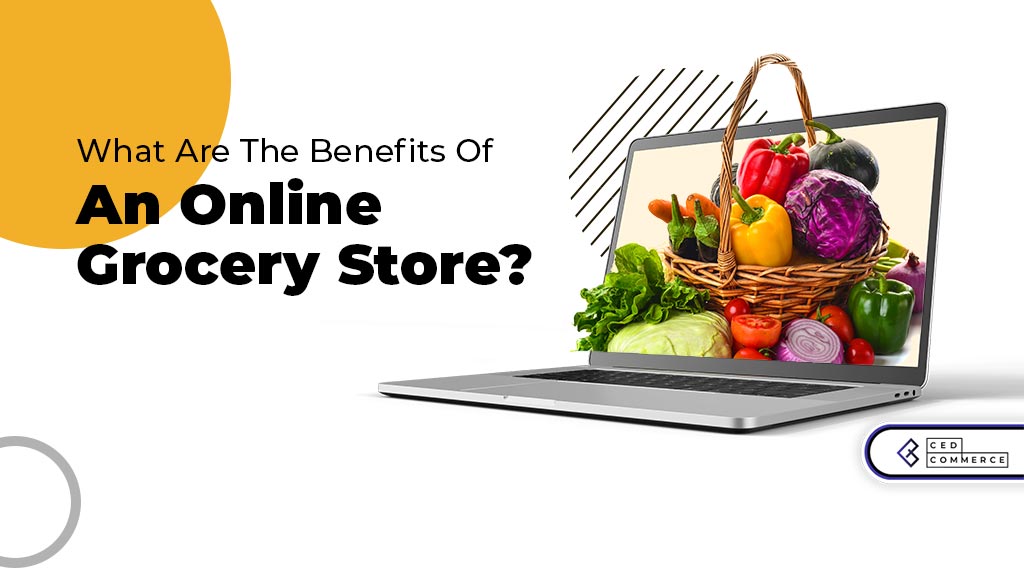Ecommerce Website Design: Ideal Practices for 2024
Wiki Article
The Ecommerce Boom: a Thorough Analysis of Why Online Shopping Is so Popular and the Variety of Product Available for Purchase and Sale
The rapid development of ecommerce has transformed the retail landscape, driven by technological advancements and moving consumer choices. As we check out the myriad factors fueling this ecommerce boom, it becomes necessary to consider what this trend indicates for the future of retail and customer habits. Ecommerce.Factors Driving Ecommerce Development
The rapid development of ecommerce can be connected to a number of key aspects that have actually transformed consumer actions and market dynamics. One considerable driver is the improvement of modern technology, specifically the expansion of mobile phones and high-speed internet. These innovations have actually made online buying more accessible, permitting customers to surf and buy items anytime and anywhere.Furthermore, the increase of social networks platforms has played a vital role in advertising ecommerce. Brands leverage these systems to involve with consumers, display their products, and drive traffic to their on-line stores. This combination of social media sites advertising with ecommerce has developed a seamless purchasing experience that attract a larger audience.
Furthermore, the expanding acceptance of electronic settlement approaches has additionally added to ecommerce development. Ecommerce. Customers are significantly comfortable using credit rating cards, digital pocketbooks, and other online payment options, which streamline the acquiring process and boost protection
Lastly, the ongoing globalization of markets has actually broadened the reach of ecommerce, permitting businesses to deal with a varied consumer base across numerous geographical areas. Together, these aspects have actually established a robust foundation for the continued success and growth of ecommerce in the modern marketplace.
Changing Consumer Habits

In addition, the rise of mobile commerce has played an essential duty in changing buying habits. Consumers are progressively using smart devices and tablet computers to search and go shopping, resulting in more spontaneous buying choices. The expectation for fast shipment and simple returns has likewise influenced consumer behavior, pressing sellers to adjust their logistics and solution offerings accordingly.
Furthermore, social media platforms have become indispensable in forming customer understandings and influencing getting choices. As an outcome, consumers are currently extra most likely to research study items extensively prior to making an acquisition, valuing openness and authenticity in brand name communication.

The Role of Modern Technology
In the rapidly advancing landscape of ecommerce, technology functions as a keystone for technology and effectiveness. The assimilation of innovative technologies has actually transformed exactly how businesses operate, enabling them to streamline procedures, boost consumer experiences, and leverage information analytics for strategic decision-making.One of one of the most substantial improvements is the surge of artificial knowledge (AI) and artificial intelligence, which equip stores to individualize purchasing experiences. These innovations assess customer habits and look these up preferences, enabling tailored suggestions and targeted marketing techniques. In addition, chatbots and online assistants boost customer care, supplying instantaneous support and boosting general involvement.

In addition, supply administration systems powered by modern technology allow organizations to enhance supply chains, guaranteeing that items are readily offered to fulfill customer demand. As technology continues to develop, its role in ecommerce will certainly remain critical, forming the future of retail and customer communications.
Diverse Product Offerings
A diverse range of item offerings is crucial for ecommerce services aiming to catch a broad consumer base and fulfill varying consumer needs. The contemporary online market flourishes on its ability to provide a comprehensive option of items, varying from electronics and fashion to specific niche products and handmade crafts. This variety not just attracts a bigger target market but likewise motivates customer commitment, as consumers can locate everything they require in one area.Ecommerce systems can take advantage of varied product offerings to differentiate themselves from competitors. By curating special collections, providing special brands, and helping with pop over to this web-site user-generated material, these organizations can enhance the shopping experience and foster neighborhood interaction. Moreover, the surge of global shipping has enabled customers to gain access to products from different societies and regions, broadening their options past neighborhood offerings.
Furthermore, diverse item varieties enable business to adapt to transforming customer choices and patterns. By analyzing acquiring data and consumer responses, services can fine-tune their inventory and present brand-new things that resonate with their target audience. On the whole, a robust and diverse item option is a basic column of ecommerce success, driving sales and establishing a solid brand name existence in a congested digital landscape.
Future Trends in Online Buying
The future of online shopping is positioned for transformative changes driven by technical developments and advancing customer habits. Ecommerce. As artificial knowledge (AI) remains to improve personalization, on the internet merchants will increasingly utilize data analytics to customize product suggestions and advertising techniques to private choices. This shift toward personalization will certainly cultivate much deeper consumer involvement and commitmentFurthermore, the integration of enhanced reality (AR) and virtual truth (VIRTUAL REALITY) innovations will transform the buying experience, allowing consumers to picture products in their very own environments before making a purchase. This advancement will lower return rates and improve customer complete satisfaction.
Another fad is the rise of social business, where social media sites platforms end up being indispensable to the buying journey. Brands are increasingly using these systems to create immersive buying experiences and promote direct purchases, using their vast user bases.
Moreover, sustainability will certainly play an important duty in forming customer selections. Eco-conscious consumers will require transparency regarding item sourcing and environmental impact, prompting retailers to adopt sustainable methods.
Verdict
In final thought, the ecommerce boom is driven by a merging of factors consisting of technological improvements, developing consumer behaviors, and a considerable variety of products. The benefit of online shopping and the rise of mobile business help with impulsive purchasing, while varied offerings satisfy different choices. As modern technology remains to progress, the ecommerce landscape go now will certainly adapt and broaden, making sure continual development and boosted consumer experiences in the digital industry. The future of on-line purchasing continues to be encouraging and dynamic.Report this wiki page